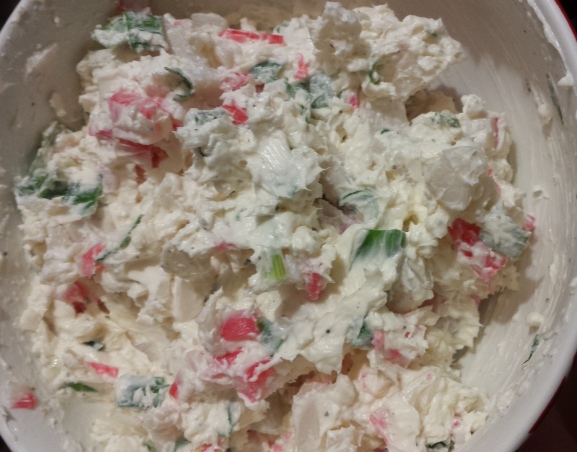Kamaboko
蒲鉾, かまぼこ
Kamaboko is a type of cured surimi, a processed seafood product common in Japanese cuisine. Kamaboko is made by forming various pureed deboned white fish with either natural or man-made additives and flavorings into distinctive loaves, which are then steamed until fully cooked and firm. These are sliced and either served unheated (or chilled) with various dipping sauces, or added to various hot soups, rice, or noodle dishes. Kamaboko is often sold in semicylindrical loaves, some featuring artistic patterns, such as the pink spiral on each slice of narutomaki, named after the well-known tidal whirlpool near the Japanese city of Naruto.[citation needed]
Source: Wikipedia
:max_bytes(150000):strip_icc()/119136049-569be7093df78cafda978a04.jpg)

:max_bytes(150000):strip_icc()/Kamaboko-Dip-FT-recipe0619-d0912ef21fa549888c7c0094093fc6f7.jpg)





